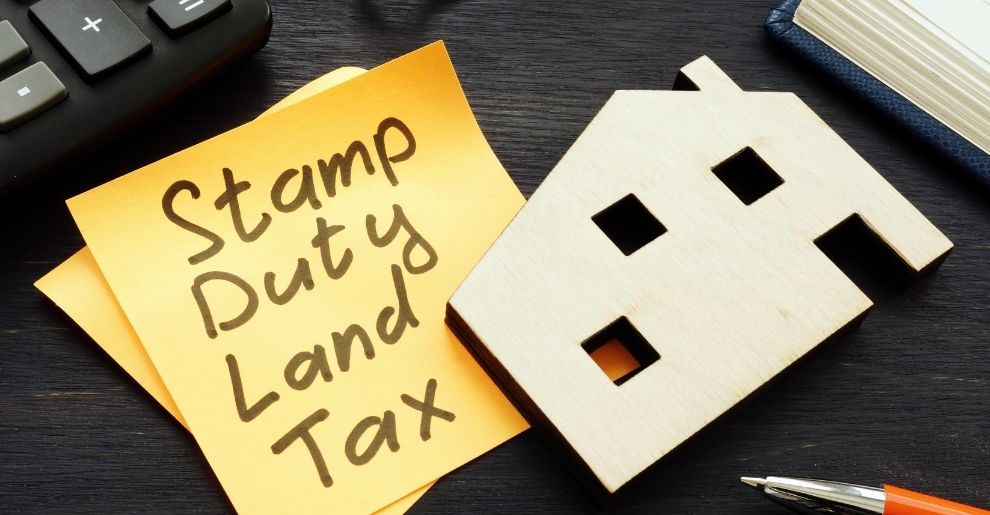Tenant Stamp Duty Charge
 Renters in the United Kingdom may face large penalties as a result of a little-known law that may force them to pay Stamp Duty Land Tax (SDLT) despite not owning their rental property.
Renters in the United Kingdom may face large penalties as a result of a little-known law that may force them to pay Stamp Duty Land Tax (SDLT) despite not owning their rental property.
Since the government announced a reprieve in 2020 to boost home market activity amid the worldwide pandemic, SDLT has become a focus point of the media. While many renters believe that SDLT only affects individuals who buy a property, since 2003, residential tenancies have been subject to SDLT, but only when the total rent reaches £125,000.
Simply put, when a tenant pays more than £125,000 in rent, they must begin paying SDLT. They are compelled to pay an annual tax of 1% of the rent value. This tax must be paid separately from rent payments to the Inland Revenue using a declaration form SDLT1 within 30 days of the start of the tenancy.
The average monthly rent in London is £1,597, for a total annual expenditure of £19,164. As a result, it would take 6.5 years to achieve the £125,000 mark. Once the threshold is reached, the yearly SDLT bill of 1% will be £192 per year.
However, in some sections of London, this threshold is expected to be reached in a fraction of the time as the 6.5-year average. The SDLT renal threshold would be exceeded in just 3.8 years in Kensington & Chelsea, where the average yearly expense is £32,544 per year, after which the tenant will be compelled to pay a projected annual SDLT bill of £325.
As more people rent for longer periods of time, SDLT payments may become a more pressing matter for tenants as the years on their leasing agreement accumulate. As a result, all tenants must ensure that they understand one crucial point: when their leasing agreement is renewed, is the renewed contract related to the previous one rather than being treated as a completely new agreement? If this is the case, the SDLT threshold may be reached soon, and they may be required to pay tax.
The prospect of paying a new tax is sure to irritate tenants. Additional expenditures can be frustrating, and the extra time and effort required to remain on top of SDLT payments is a real hassle. However, it’s critical that all liable renters pay their SDLT tax on time, since if they don’t, the tax’s comparatively low cost will be replaced by a much larger tax avoidance charge from HMRC.
If you’re concerned about a possible SDLT rental tax and want to learn more or figure out how much you’ll have to pay, use the SDLT rental tax calculator or contact us for help and guidance.
If you would like any more information relating to this article then please feel free to contact me: Telephone – 020 8221 8021, via email: Kimberley Teape or visit my profile.
This is not legal advice; it is intended to provide information of general interest about current legal issues.
